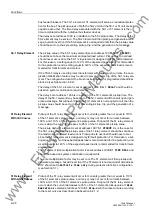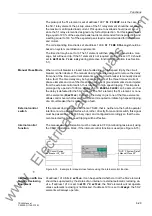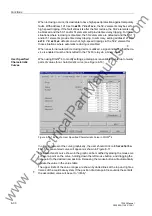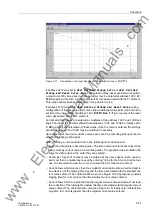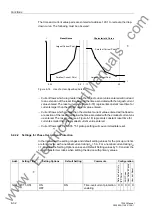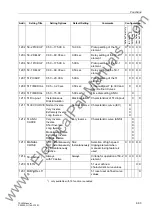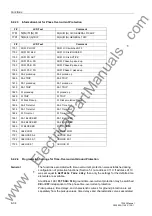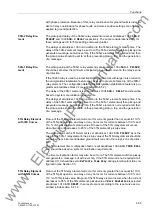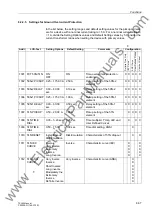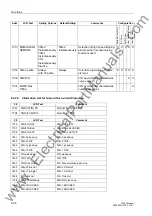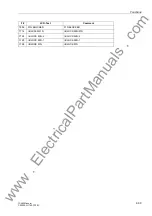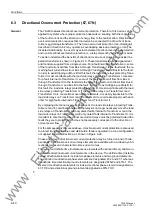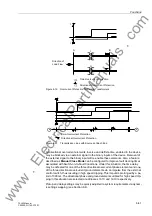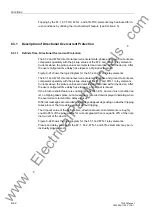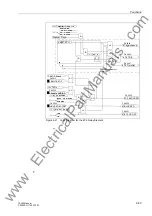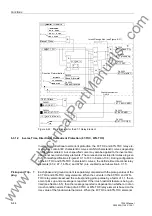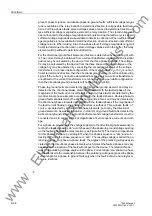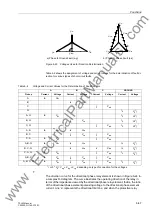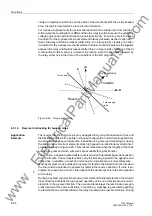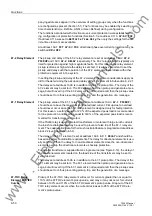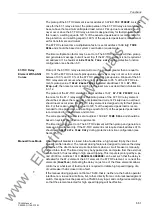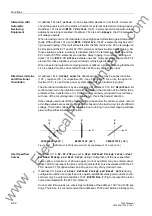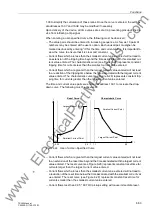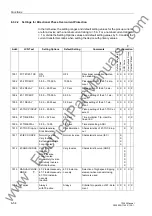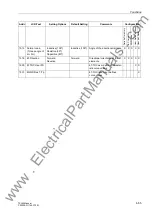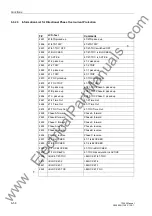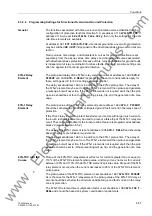
Functions
6-42
7SJ63 Manual
C53000-G1140-C120-1
Tripping by the 67-1, 67-TOC, 67N-1, and 67N-TOC elements may beblocked for in-
rush conditions by utilizing the inrush restraint feature (see Section 6.5).
6.3.1
Description of Directional Overcurrent Protection
6.3.1.1
Definite Time, Directional Overcurrent Protection
The 67-2 and 67N-2 directional overcurrent elements, phase and ground currents are
compared separately with the pickup values of the 67-2 and 67N-2 relay elements.
Currents above the pickup values are detected and recorded within the device. After
the user-configured time delay has elapsed, a trip signal is issued.
Figure 6-21 shows the logic diagram for the 67-2 and 67N-2 relay elements.
The 67-1 and 67N-1 directional overcurrent elements, phase and ground currents are
compared separately with the pickup values of the 67-1 and 67N-1 relay elements.
Currents above the pickup values are detected and recorded within the device. After
the user-configured time delay has elapsed, a trip signal is issued.
If the inrush restraint feature is enabled (see Section 6.5), and an inrush condition ex-
ist, no tripping takes place, but a message is recorded and displayed indicating when
the overcurrent element time delay elapses.
Different messages are recorded and displayed appear depending on whether tripping
takes place or the time delay expires without tripping.
The dropout value of the definite time, directional overcurrent elements is roughly
equal to 95% of the pickup value for currents greater than or equal to 30% of the nom-
inal current of the device.
Figure 6-22 shows the logic diagram for the 67-1 and 67N-1 relay elements.
Pickup and delay settings for the 67-1, 67-2, 67N-1, and 67N-2 elements may be in-
dividually programmed.
www
. ElectricalPartManuals
. com

